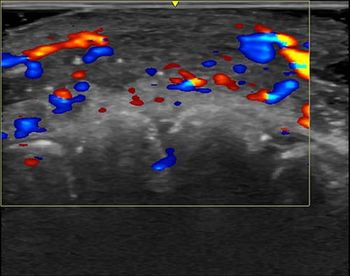
Army's radiology plans to include DIN-PACS
Army's radiology plans to include DIN-PACSMany PACS industry observers are wondering whether the U.S. military will follow through with its stated intention to buy new PACS networks based on specifications included in its DIN-PACS (Defense
Army's radiology plans to include DIN-PACS
Many PACS industry observers are wondering whether the U.S. military will follow through with its stated intention to buy new PACS networks based on specifications included in its DIN-PACS (Defense Imaging Network-Picture Archiving and Communications Systems) request for proposal. A half-dozen PACS vendors and their partners have spent hundreds of thousands of dollars complying with the rigorous specifications of the DIN-PACS RFPs, which set the technical standards for the next round of military PACS purchases (PNN 6/97).
While a healthy dose of skepticism is always wise when discussing the PACS market, it appears that the military does intend to follow through with cash. As our Site Visit article on page 6 points out, the Army has ambitious plans for bringing all of its healthcare facilities online in a giant PACS. The move would enable the Army to maximize resources by allowing radiologists in one location to read exams taken in another.
As the Department of Defense weighs the DIN-PACS bids, the Army is carrying out a comprehensive review to determine which healthcare facilities will receive what PACS technology. When purchasing begins, it will definitely be from the list of approved DIN-PACS vendors, according to Col. Anna Chacko, chief of radiology at Brooke Army Medical Center and the Army's designated radiology consultant. Army facilities going off the DIN-PACS list will require Chacko's approval, and will probably have to justify their reasons in triplicate. DIN-PACS is a high-stakes gamble for PACS vendors, but in the end, it will pay off for a lucky few.
-By Brian Casey, Executive Editor
Newsletter
Stay at the forefront of radiology with the Diagnostic Imaging newsletter, delivering the latest news, clinical insights, and imaging advancements for today’s radiologists.




























